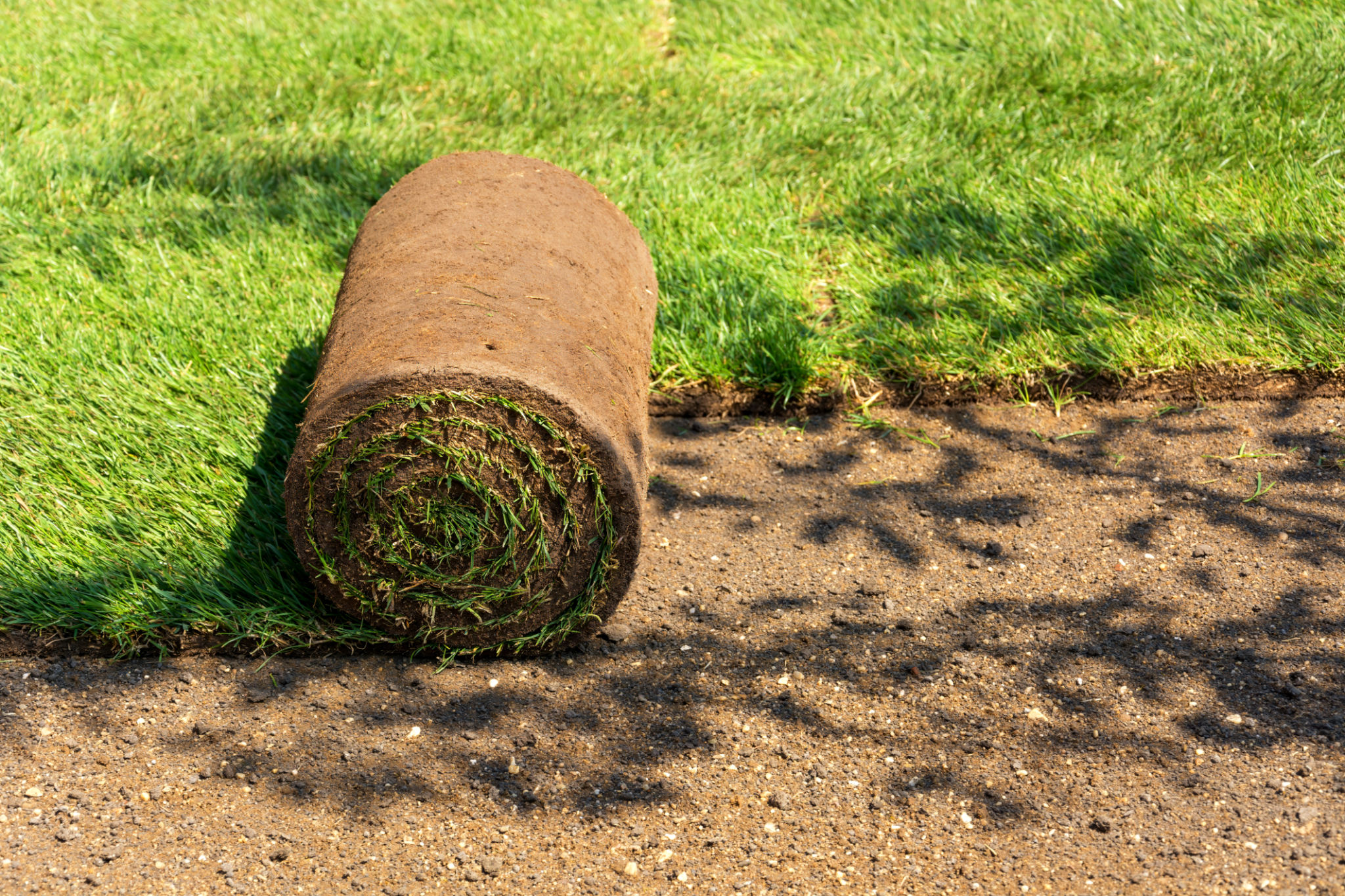Essential Tips for Successful Seed and Sod Installs in North Carolina
Understanding the Climate and Soil
North Carolina's diverse climate zones make it essential to understand your local environment before beginning any seed or sod installation. The state features a range of climates from the mountains to the coast, each affecting grass growth differently. Knowing whether your area is predominantly warm or cool can help in selecting the right grass type.
Soil quality is another critical factor. Conduct a soil test to determine pH levels and nutrient content. North Carolina soils can vary widely, and amendments may be needed to create optimal growing conditions. Adjusting the soil will ensure that your seed or sod establishes quickly and thrives.

Selecting the Right Grass Type
Choosing the appropriate grass type is crucial for a successful lawn. In North Carolina, popular choices include tall fescue, Bermuda grass, and Zoysia grass, each suited to different conditions. Tall fescue is adaptable and offers year-round green lawns in many areas, while Bermuda grass thrives in warmer climates with plenty of sunlight.
Consider factors such as sun exposure, shade, and intended use of the lawn when selecting your grass type. Consulting with a local nursery or extension service can provide valuable insights into which grass will perform best in your specific location.
Preparing Your Site
Proper site preparation is a foundational step in both seeding and sodding processes. Begin by clearing the area of debris, weeds, and existing vegetation. This step ensures that your new grass does not face competition for nutrients and space.
Level the ground to avoid low spots where water can pool, leading to uneven growth. For sod installations, this is particularly important to ensure even contact with the soil. Where necessary, add topsoil to improve the ground's consistency and fertility.

Timing Your Installation
The timing of your seed or sod installation greatly affects success rates. In North Carolina, cool-season grasses like tall fescue are best planted in early fall or spring, while warm-season grasses like Bermuda are ideally installed late spring through summer.
Temperature and rainfall patterns should guide your timing decisions. Planting before an expected rainfall can help establish new seeds by providing necessary moisture without additional irrigation.
Following Best Practices for Installation
Seeding Techniques
When seeding, distribute seeds evenly using a broadcast spreader. Lightly rake the soil surface to incorporate seeds into the top layer of soil, ensuring good soil-to-seed contact. Applying a light layer of mulch can help retain moisture during germination.
Sod Installation Tips
For sod installations, lay sod pieces tightly together, staggering seams like bricks to avoid visible lines in the finished lawn. Water thoroughly after installation to help roots establish quickly. Avoid heavy foot traffic on newly laid sod to prevent shifting and compaction.

Watering and Maintenance
Proper watering is vital for both seeds and sod. Initially, keep the soil consistently moist but not waterlogged. As grass establishes, gradually reduce watering frequency while increasing depth to encourage deep root growth.
Regular maintenance such as mowing at the recommended height for your grass type and periodic fertilization will promote a healthy lawn. Monitoring for pests and diseases will also help maintain its vigor.
Patience and Observation
A successful lawn requires patience and ongoing observation. Grass establishment takes time, and growth can vary based on weather conditions and other environmental factors. Regularly check for signs of stress or nutrient deficiencies.
Engage with local gardening communities or online forums for advice and support. Sharing experiences with other North Carolina homeowners can provide valuable insights into managing specific challenges in your area.
